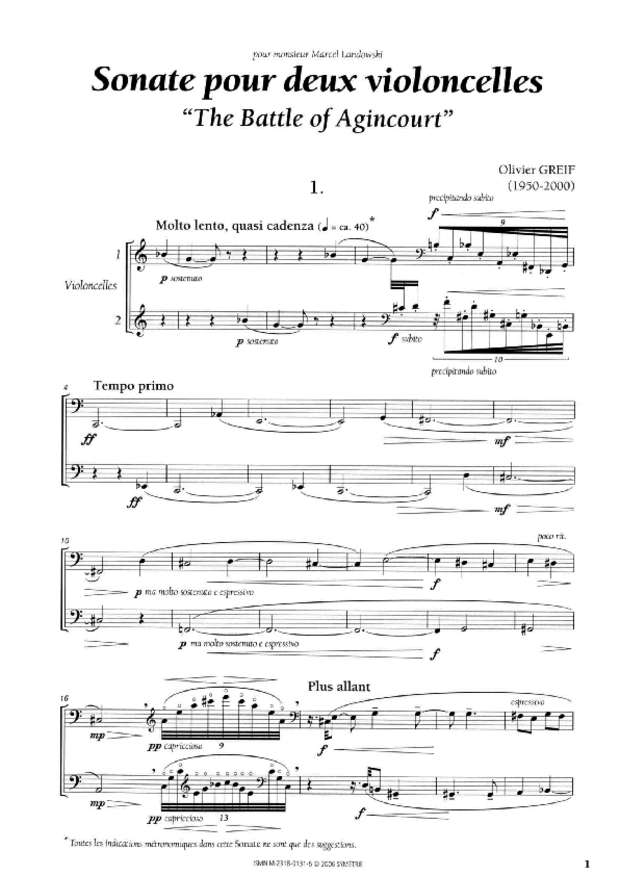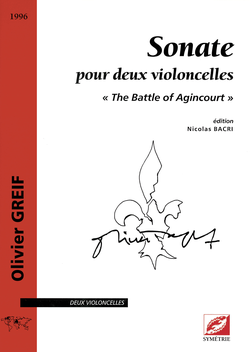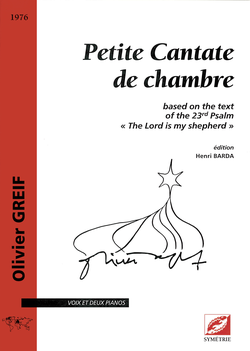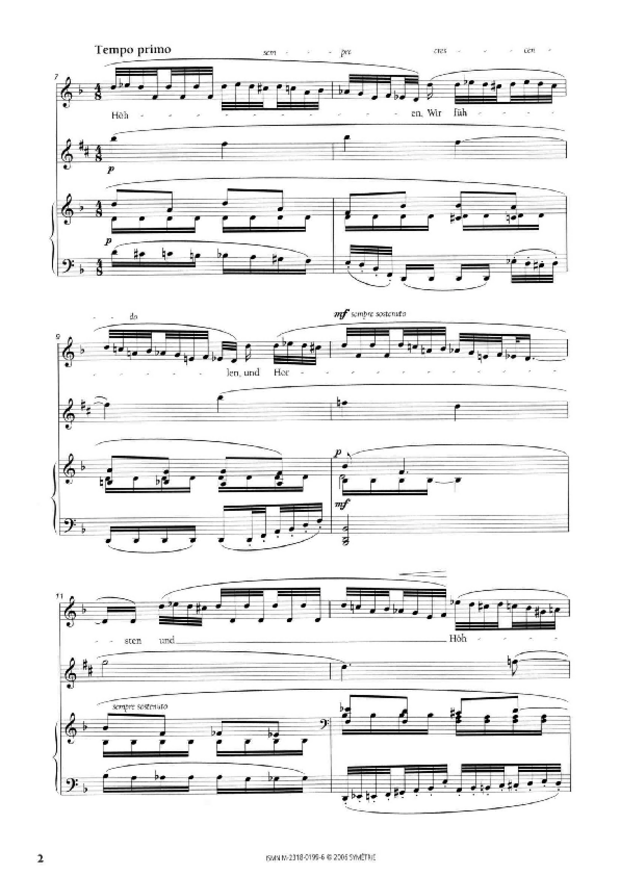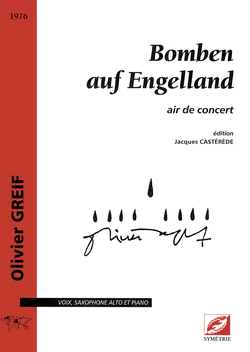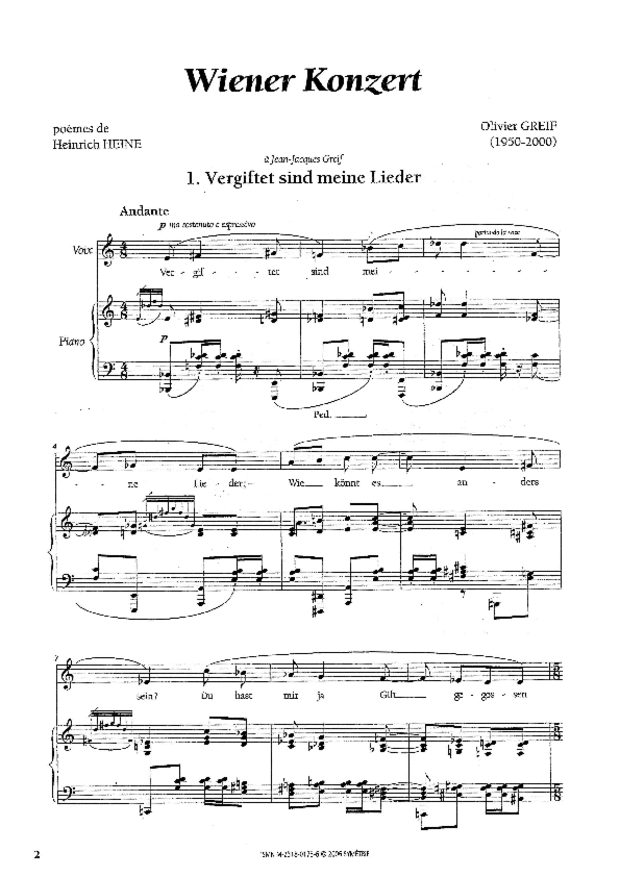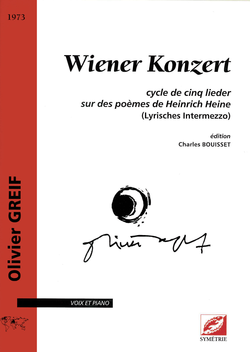After a long period of silence, which he felt was necessary, Greif returned to composition just over three years before writing this Sonata in 1994, which was completed in just one month. It is therefore part of the production of the last years of creation.
Greif was very careful in his choice of titles for his works, and seems to have considered the various meanings given to the word ‘codex’. Like the work itself, this term has several layers of meaning, notably as a collection of formulas, a treatise or a reference text. In this way, the work can be seen as the “Master’s” or “Lord’s” book, in reference to the Holy Scriptures, but also as the “book of the author” himself, the collection in which he concentrates his words and delivers the quintessence of his art; which would be reminiscent of Leonardo da Vinci’s codexes, for example. Like the Quintet “A Tale of the World”, op. 307, composed two years later, this musical codex could be considered “A Tale of Olivier Greif”. The concept of the “book” familiar to the artist, notably in his works Le Livre du Pèlerin, op. 144, and The Book of Irish Saints, op. 323, is also to be found in the chronological organisation of his autograph catalogue, where the opuses in his repertoire are divided into books numbered 1 to 6. The work also shares an intertextual reference to the Zohar with the first version of the Requiem Sonata for cello and piano (1979) and a more tenuous one with the quintet mentioned above. A quotation which, given the recurrence of many others, remains relatively rare in the Greifian repertoire.
Not content with attributing the term “Codex” as a title, thus clearly displaying the coded and a fortiori sibylline nature of the work, Greif went so far as to weave it into his musical framework by basing his first movement on the melodic motif derived from the correspondence between letters and notes, as shown by the words inscribed below the first system on the first page: C-A-N-C-E-R C-O-D-E-X D-O-M-I-N-I. A process, moreover, far from foreign to him, since it is found in a number of other works for piano. Greif actually enjoyed drawing musical portraits of some of his friends using this practice; the concept of portraiture, which goes beyond simple alphabetical correspondence, finds its apogee in the “radical and irreducible” cycle of Portraits et apparitions, op. 359. But the main apparition infusing this entire “coded book of sound” is far more fateful: immersed in the key of E flat minor, which composer Benoît Menut identifies as representative of death and a symbol of lament in Greif’s work, it is the cancer that insidiously came upon the composer just three months before composing this Sonata that is reflected here, also woven into the harmonic fabric.
The Sonata, which lasts 21 minutes and is “coded down to the tiniest detail”, features two main themes: the one in the first movement, based on the song Domino composed by Louis Ferrari to a text by Jacques Plante and sung by André Claveau in 1950, and the one that opens the last movement. Although Greif rarely indicates the origin of his sources or his various inspirations, on page 6 of the manuscript of this Sonata he gives a title and a possible provenance for the hymn used: “(O Name, all other names above) attributed to Richard Farrant, c. 1530-80”. The pagination underneath indicates that it was taken from a work whose reference remains unknown. It has not been possible to trace the association of the tune used by Greif with the hymn entitled O Name, all other names above, written by Frederick Lucian Hosmer and often sung to a variety of tunes including Woodoaks, Windsor or Arlington. On the other hand, the aria sourced by Greif, commonly attributed to the Elizabethan composer and playwright Richard Farrant, is known as Farrant.
This edition was produced as part of the “Recherches en musique : collaboration entre jeunes chercheurs et artistes” project under the aegis of the Société française de musicologie, with the support of the French Ministry of Culture and the collaboration of pianist Aline Piboule, who recorded it in April 2023 for the Artalinna label (released in April 2024).
Anne-Élise Thouvenin
(translation Hjördis Thébault)
Contents
- Préfacei
- I. Varsovie-Prague1
- II. Münich10
- III.10
- Notes critiques33
- Variantes, corrections et remarques34
- Biographie41
Audio Excerpts
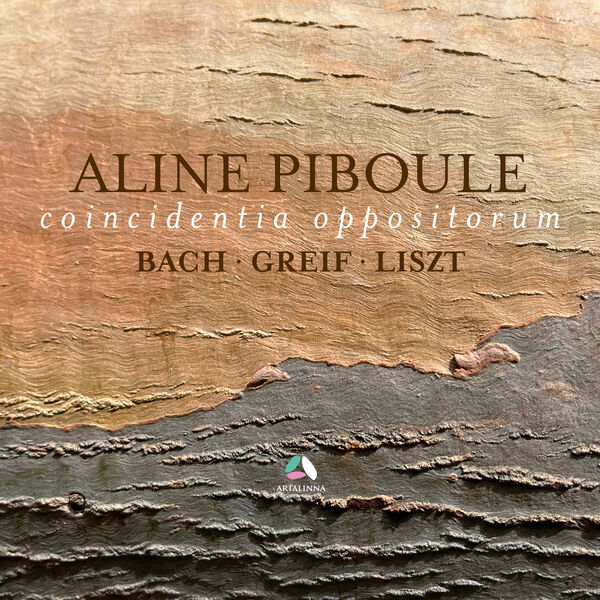
I. Varsovie / Prague
II. Münich
III.
